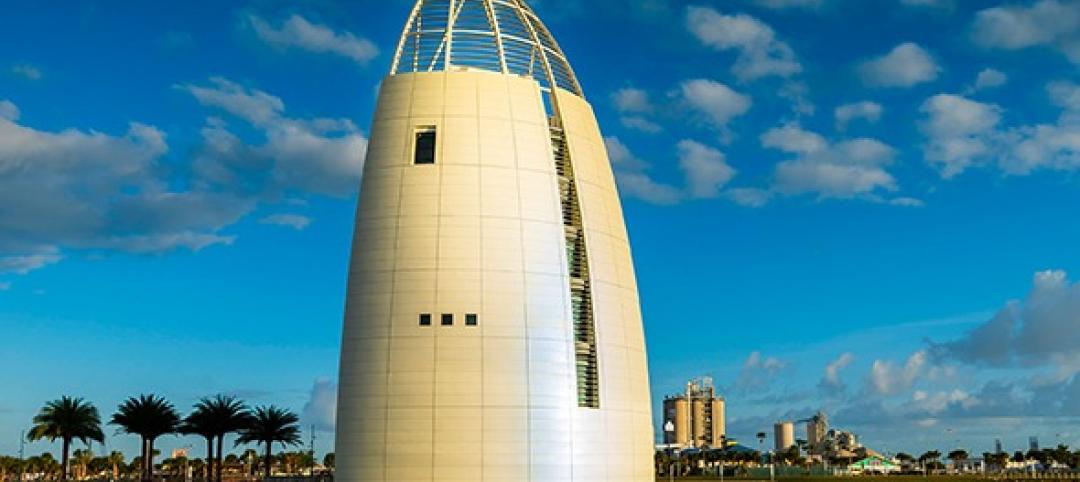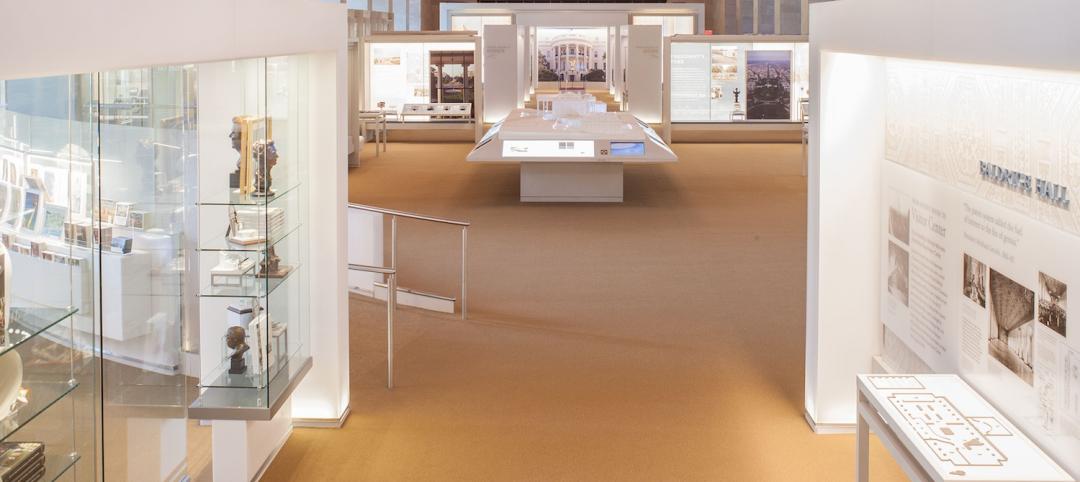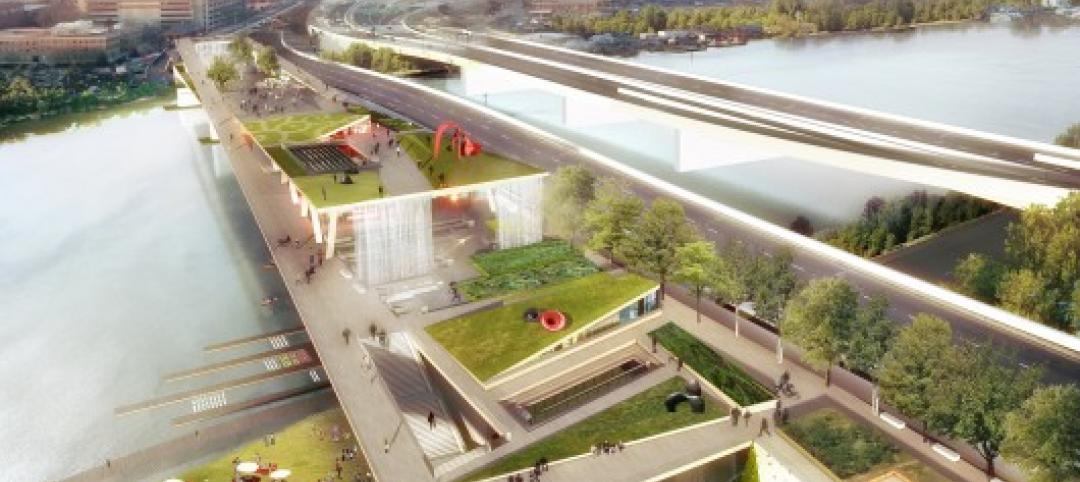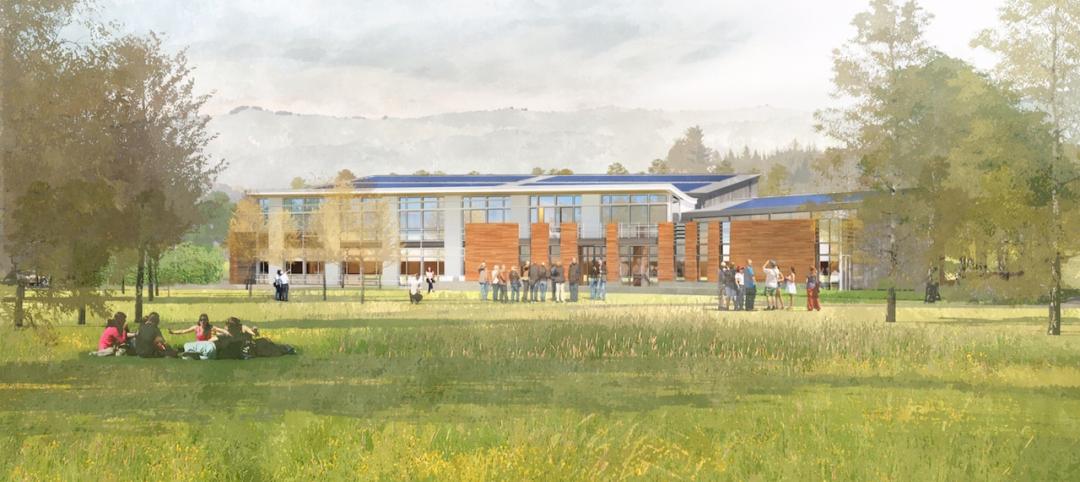 |
| Pre-K room at Gloria Sabater Elementary School, part of a public-private effort in community development in Vineland, N.J. |
At 69 square miles, Vineland is New Jersey's largest city, at least in geographic area, and it has a rich history. It was established in 1861 as a planned community (well before there were such things) by the utopian Charles Landis. It was in Vineland that Dr. Thomas Welch found a way to preserve grape juice without fermenting it, creating a wine substitute for church use (the town was dry). In the 1940s, Vineland was known as “The Egg Basket of America,” and in the 1960s, its downtown was bustling.
But, like Atlantic City, its neighbor 40 miles to the east, Vineland started falling on hard times. In 2003, the city approved a redevelopment plan that envisioned a special demonstration school and community services center as a potential catalyst to encourage private investment in the downtown redevelopment zone. Ultimately, an extensive network of civic agencies—the city of Vineland, the public school district, the state Schools Development Authority, the Cumberland County Empowerment Zone, and the Tri-County Community Action Partnership—allied with local citizens and the project's Building Team to design, build, and finance the school/community center.
The Building Team, led by construction manager Joseph Jingoli & Son, Inc., Lawrenceville, N.J., with design firm USA Architects, Somerville, N.J., held more than 40 stakeholder charrettes over a three-year period. Results of all meetings were made public via the public and private partners' websites.
This level of community involvement resulted in not a single property of the 68 acquired having to be taken through condemnation; all were negotiated sales. More than 70% of those whose properties were acquired found housing elsewhere in the community, and 15% of those who had been renters were converted to property owners. Thirty-six percent of eligible dollars for the project were earned by local companies, and 116 local residents—78 of them from Vineland itself—worked on the job.
The 181,000-sf facility, completed in early 2008, combines a pre-K-to-grade-5 school for 830 students, a pool and recreation facility, and a community health and wellness center that provides health and dental care through a local nonprofit organization. There's an onsite childcare center for infants to two-year-olds, a therapeutic “zero-entry” pool for disabled students, a library/media center, a computer lab, an arts and crafts area that community groups can rent on a sliding-scale basis, and a cafeteria/auditorium with elevated stage and proscenium. All school-based facilities are open to the public after school hours.
The real genius of this project was how the partners pulled out all the stops to find the $62,259,000 needed to acquire the land and build the facilities. Funding for the school came from a special demonstration project sponsored by the N.J. Department of Education and the N.J. Schools Development Authority. The city financed the pool and community facilities through grants, donations, and HUD funds allocated to Vineland and the Cumberland Empowerment Zone. A $2.5 million Urban Enterprise Zone loan was leveraged into $3.5 million through a $1 million contribution from Albert Boscov, the founder of a local department store chain, who received federal New Market Tax Credits for the full $3.5 million.
“They used New Market Tax Credits to develop the community—a great solution for everyone,” noted jury member Tracy Nicholas. “It complicated the job to have so many community requirements, but it shows that this is a team that pulled together and got the job done.” —Robert Cassidy, Editor-in-Chief
Related Stories
| Nov 7, 2014
NORD Architects releases renderings for Marine Education Center in Sweden
The education center will be set in a landscape that includes small ponds and plantings intended to mimic an assortment of marine ecologies and create “an engaging learning landscape” for visitors to experience nature hands-on.
| Oct 20, 2014
UK's best new building: Everyman Theatre wins RIBA Stirling Prize 2014
The new Everyman Theatre in Liverpool by Haworth Tompkins has won the coveted RIBA Stirling Prize 2014 for the best building of the year. Now in its 19th year, the RIBA Stirling Prize is the UK’s most prestigious architecture prize.
Sponsored | | Oct 19, 2014
The Exploration Tower in Port Canaveral dazzles visitors
With a mission to provide the experience of a lifetime, the Exploration Tower at Port Canaveral, Fla., is designed to inspire, as visitors learn about the history and nature of the port and beyond. SPONSORED CONTENT
| Oct 19, 2014
White House Visitor Center reopens in Washington, D.C.
Designed by SmithGroupJJR and Gallagher & Associates, renovated center shows public its unique role as office, stage, museum, park, and home.
| Oct 17, 2014
OMA, OLIN design unanimously chosen for D.C. elevated park
In the design, the ends of the bridge are pulled upward to form an "X" shape. It allows ample room for add-ons such as a cafe and performance space, in addition to open space for plazas, lawns, and urban agriculture plots.
| Oct 16, 2014
Perkins+Will white paper examines alternatives to flame retardant building materials
The white paper includes a list of 193 flame retardants, including 29 discovered in building and household products, 50 found in the indoor environment, and 33 in human blood, milk, and tissues.
| Oct 16, 2014
Rocky Mountain Institute breaks ground on net-zero Innovation Center
Encompassing the Rocky Mountain Institute’s 32 years of innovation, the new 15,610 square-foot facility will exhibit the principles of integrative design and energy and resource efficiency.
| Oct 15, 2014
Harvard launches ‘design-centric’ center for green buildings and cities
The impetus behind Harvard's Center for Green Buildings and Cities is what the design school’s dean, Mohsen Mostafavi, describes as a “rapidly urbanizing global economy,” in which cities are building new structures “on a massive scale.”
| Oct 15, 2014
First look: Blueprint revealed for proposed High Line project in Queens
Yet another High Line-esque project has been proposed, this time in Queens. A blueprint has been developed for a 3.5-mile stretch of abandoned railroad tracks, which would connect Rego Park to Ozone Park with a walkway and bike path.
| Oct 14, 2014
Proven 6-step approach to treating historic windows
This course provides step-by-step prescriptive advice to architects, engineers, and contractors on when it makes sense to repair or rehabilitate existing windows, and when they should advise their building owner clients to consider replacement.
















